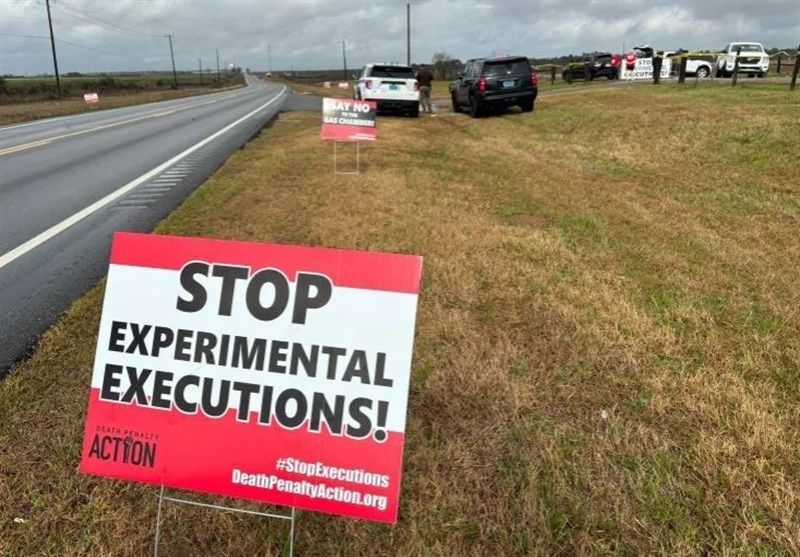Questions Surround the Execution of Kenneth Smith
Smith's execution is the first time a new method has been used since 1982

TW: death, state-sponsored execution details
Kenneth Eugene Smith, a 58-year-old convicted killer, was pronounced dead at 8:25 p.m. Thursday January 25h at an Alabama prison after breathing the gas through a face mask to cause oxygen deprivation. It marked the first time that a new execution method has been used in the United States since lethal injection, now the most commonly used method, was introduced in 1982.
The execution came after a last-minute legal battle in which his attorneys contended the state was making him the test subject for an experimental execution method that could violate the constitutional ban on cruel and unusual punishment. Federal courts rejected Smith’s bid to block it, and the final ruling coming just prior to the scheduled execution on Thursday night from the U.S. Supreme Court.
In their request for the Supreme Court to halt the execution, Smith's lawyers wrote that little research had been done on death by nitrogen hypoxia and the public has an interest in making sure the state "established procedures to minimize the pain and suffering of the condemned person.” In her dissent, Justice Sonia Sotomayor said Alabama has shrouded its execution protocol in secrecy, releasing only a heavily redacted version. She also said Smith should have been allowed to obtain evidence about the protocol and to proceed with his legal challenge.
“Having failed to kill Smith on its first attempt, Alabama has selected him as its ‘guinea pig’ to test a method of execution never attempted before. The world is watching,” Justice Sonia Sotomayor wrote.
The state had predicted the nitrogen gas would cause unconsciousness within seconds and death within minutes. State Attorney General Steve Marshall said late Thursday that nitrogen gas “was intended to be — and has now proved to be — an effective and humane method of execution.”
Smith appeared to remain conscious for several minutes after the gas started flowing. For at least two minutes, he shook violently and writhed on the gurney, sometimes pulling against the restraints and shaking the gurney with the force of his movements. That was followed by several minutes of heavy breathing, until breathing was no longer perceptible.
Smith’s spiritual adviser, the Rev. Jeff Hood, said the execution did not match the state attorney general’s prediction in court filings that Smith would lose consciousness in seconds followed by death within minutes. “We didn’t see somebody go unconscious in 30 seconds. What we saw was minutes of someone struggling for their life,” said Hood, who attended the execution.
Yasmin Cader, deputy legal director at the American Civil Liberties Union and the director of the Trone Center for Justice and Equality, released the following statement:
"After a botched attempt to execute him by lethal injection in 2022, state officials chose to kill Mr. Smith by suffocating him to death with nitrogen gas, a method United Nations experts warned could constitute torture in violation of international treaties the U.S. has ratified. Mr. Smith should have never been killed, let alone in such a gruesome manner. Alabama’s execution of Kenneth Smith in a horrific, reckless, and untested manner is a profound illustration of the barbaric practice of capital punishment. It’s past time for our country to put an end to the death penalty instead of inventing new and more heinous ways of carrying it out.”
As Smith’s first failed execution attempt—one of four executions that Alabama botched in four years—amply demonstrates, a single “successful” execution by nitrogen suffocation provides no basis for believing that Alabama can reliably carry out another.
Read more about the ongoing questions the State of Alabama must face in regards to death penalty policy in "Questions Surround Execution of Kenneth Smith" from Equal Justice Initiative. Equal Justice Initiative is a non-profit organization committed to ending mass incarceration and excessive punishment in the United States, to challenging racial and economic injustice, and to protecting basic human rights for the most vulnerable people in American society.










